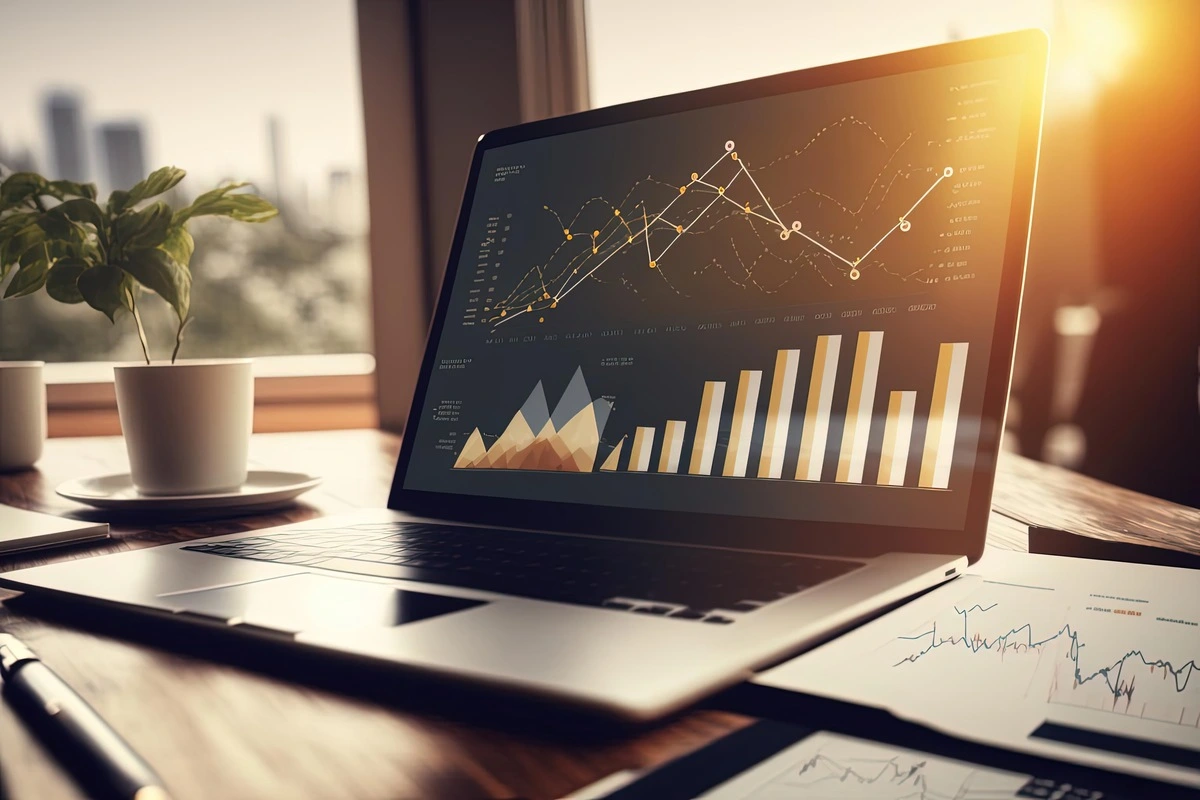
Introduction to Procurement Analytics
In the realm of modern supply chain management, Manufacturing Data Analytics and procurement analytics have become indispensable. They involve the systematic analysis of data to optimize processes and enhance business outcomes. By leveraging data analytics tools and techniques, organizations can gain valuable insights into their procurement and manufacturing data, uncover trends and patterns, and make informed, data-driven decisions.
Procurement analytics can significantly reduce costs, improve supplier performance, and optimize inventory levels. In today’s digital age, the ability to analyze procurement data effectively is crucial for maintaining a competitive edge. Microsoft Power BI stands out as a powerful tool for procurement analytics, offering robust capabilities to transform raw data into actionable insights. With Power BI, organizations can streamline their procurement processes, mitigate risks, and boost overall efficiency.
How Can Power BI Benefit Procurement?
Overview of Power BI in Procurement
In the rapidly evolving business landscape, leveraging data effectively can be the linchpin to staying ahead of the competition. Power BI for procurement has emerged as a game-changer by providing an integrated, seamless approach to managing and analyzing procurement data analytics. Businesses equipped with procurement dashboard examples in Power BI gain a comprehensive, real-time view of their procurement activities, enhancing operational efficiencies and driving more strategic decisions.
By visualizing key metrics such as supplier performance, spending analysis, and inventory management, Power BI empowers procurement teams to make data-driven decisions. This not only reduces costs but also improves procurement efficiency and supplier relationships.
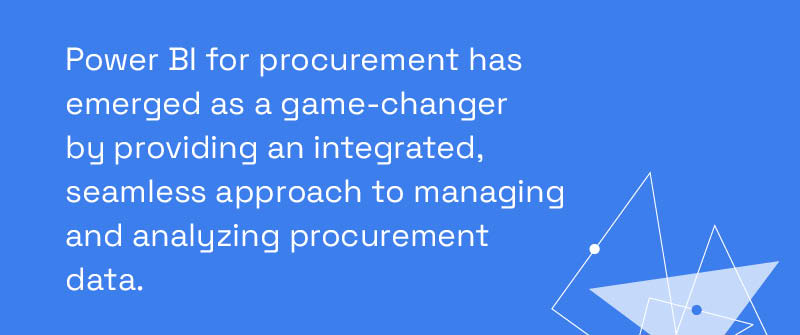
Enhanced Data Visualization with Power BI
One of the most significant benefits of integrating Power BI into procurement processes is its ability to distill complex data sets into cohesive, visually engaging dashboards. Procurement teams can utilize these procurement dashboard examples to quickly identify patterns, trends, and outliers, leading to more accurate forecasting and strategic planning. Additionally, Power BI allows teams to create, share, and consume business insights most effectively. The interactive nature of Power BI dashboards means that users can drill down into specific data points for deeper insights, fostering a more intuitive and responsive approach to procurement management.
Real-Time Data Analysis
Gone are the days of relying on static reports and outdated information. With Power BI, procurement professionals can access real-time data analyses, enabling them to monitor procurement activities as they happen. This immediacy not only enhances the accuracy of reporting but also allows for prompt corrective actions in case of any discrepancies or inefficiencies.
Streamlined Decision-Making Processes
The speed and accuracy offered by Power BI help streamline decision-making processes within procurement. Enhanced visibility into procurement cycles, supplier performance, and expenditure allows leaders to make informed decisions faster. Additionally, the integration capabilities of Power BI mean that data can be pulled from various data sources, providing a holistic view of the procurement landscape and eliminating data silos.
In conclusion, adopting Power BI for procurement can transform the way your organization handles procurement operations. Whether you are looking to create more effective procurement strategies or seeking to enhance operational efficiencies, Power BI provides the tools and insights necessary to achieve these goals.
Building a Procurement Data Model in Power BI
Creating a robust procurement data model in Power BI is the foundation for effective procurement analysis. This involves structuring your data in a way that facilitates comprehensive analysis and reporting. Start by aggregating all relevant procurement data, such as invoices, purchase orders, and supplier information, into a new table within Power BI.
Add columns to capture essential procurement details like invoice dates, purchase order numbers, and supplier names. To enhance your analysis, incorporate measures and calculations. For instance, you can create a measure to calculate the total procurement cost for each supplier or a calculation to determine the average procurement cost for specific categories of goods. A well-structured data model not only simplifies data analysis but also ensures that your procurement insights are accurate and actionable.
Contact P3 Adaptive to learn more about Power BI consulting.
What Are Some Examples Of Procurement Dashboards In Power BI?
Supplier Performance Metrics Dashboard with Power BI
One powerful example of a procurement dashboard in Power BI is the Supplier Performance Dashboard. This dashboard allows procurement teams to monitor and evaluate the performance of their suppliers by showcasing key metrics such as delivery times, quality of goods, compliance rates, and cost-effectiveness. With impactful visualizations and interactive elements, business leaders can drill down into specific data points to identify trends and anomalies, making proactive decisions that enhance supplier relationships and optimize procurement strategies.
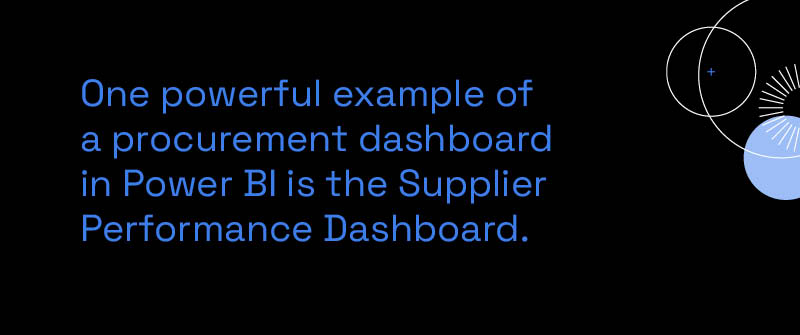
Purchase Order Analysis Dashboard
Another exemplary Procurement Dashboard Power BI example is the Purchase Order Analysis Dashboard. This tool assists in tracking and analyzing purchase orders over various periods, highlighting the efficiency and speed of the procurement process. Integrating data from multiple sources visualizes order cycle times, approval stages, and the status of each order. Leveraging this information can lead to streamlined approvals and enhanced operational efficiency.
Inventory Management Dashboard
The Inventory Management Dashboard addresses the critical need for keeping track of stock levels, inventory turnover rates, and reorder points. It provides real-time insights into the availability of materials, reducing the risk of stock-outs or overstocking, which can be costly for businesses. This procurement dashboard example empowers leaders with the data they need to maintain optimal inventory levels and improve the overall supply chain.
Spend Analysis Dashboard with Power BI
Finally, the Spend Analysis Dashboard is an essential tool for examining spending patterns and identifying cost-saving opportunities. It gathers and processes data to display comprehensive insights regarding expenditure on goods and services. This dashboard assists in categorizing spend, evaluating supplier contracts, and identifying areas of excess spending. Armed with these insights, business leaders can negotiate better terms with suppliers and manage budgets more effectively to drive profitability.
How Do You Create A Spend Analysis Dashboard In Power BI?
Creating a Spend Analysis Dashboard in Power BI can revolutionize your procurement strategy by providing comprehensive insights into your organization’s spending patterns. To achieve this, you must approach the task methodically, focusing on data collection, visualization, integration, and interaction.
Data Collection, Preparation, and Accuracy
Start by aggregating all relevant procurement data, including purchase orders, invoices, and supplier information. Clean and organize this data to ensure accuracy. Power BI allows for seamless data importing from multiple sources such as Excel, SQL, or cloud-based services.
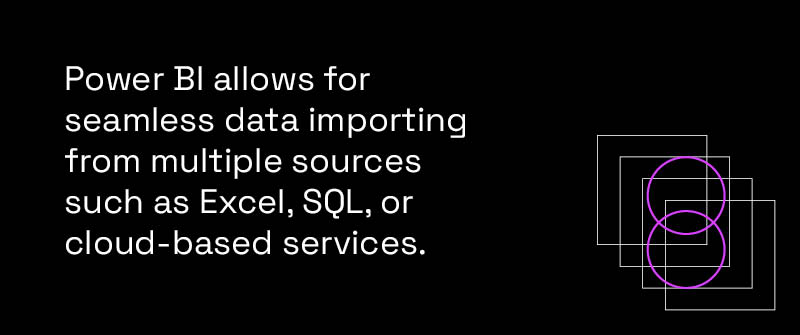
Choosing the Right Visuals for Spend Analysis
Select visuals that best represent your procurement metrics. Common choices include bar charts, pie charts, and line graphs. Utilize Power BI’s rich set of custom visuals to specifically tailor your dashboard to highlight key spending trends, cost-saving opportunities, and spending variance.
Integration with Existing Procurement Systems
To maximize your dashboard’s effectiveness, integrate it with your existing procurement systems. This can include ERP systems, spend management software, or supplier databases. Integration ensures that your dashboard is updated in real time, providing current insights whenever needed.
Interactive Features and Insights
Leverage Power BI’s interactive features, including drill-downs, filters, and slicers. These features allow users to explore data in detail, enabling them to identify and react to anomalies quickly. For example, you can drill down into spend categories to reveal specific suppliers or time periods driving cost increases.
By following these steps, you create a powerful tool that not only monitors procurement spend but also guides strategic decision-making. The implementation of a well-constructed Spend Analysis Dashboard in Power BI can thus significantly enhance your procurement efficiency and effectiveness.
Implementing Power BI for Procurement
Implementing Power BI for procurement involves setting up a dynamic and interactive dashboard that provides real-time insights into your procurement data. Begin by creating a new Power BI dashboard and populating it with relevant tables and visualizations. For example, you can add a table that lists the top suppliers by total cost or a visualization that shows the average procurement cost for different categories of goods.
Power BI’s interactive features, such as drill-downs and filters, allow users to explore data in greater detail, making it easier to identify trends and anomalies. By creating comprehensive reports and dashboards, you can monitor procurement activities, track supplier performance, and make data-driven decisions that enhance your procurement strategies.
Cost Savings with Power BI for Procurement
Power BI is a powerful ally in achieving cost savings within procurement. By providing deep insights into procurement data, Power BI enables organizations to identify cost-saving opportunities and optimize their procurement strategies. For instance, analyzing procurement data can reveal the top suppliers by total cost, allowing organizations to negotiate better prices and terms.
Additionally, Power BI can help identify the average procurement cost for various categories of goods, enabling organizations to optimize inventory levels and reduce excess spending. With the ability to create detailed reports and dashboards, Power BI empowers procurement teams to monitor spending patterns, evaluate supplier contracts, and make informed decisions that drive cost efficiency and profitability.
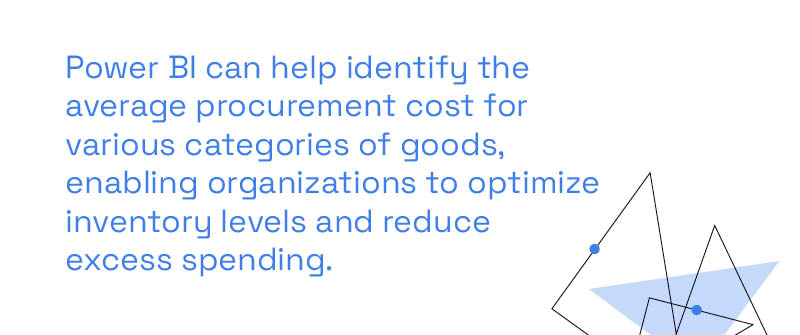
Best Practices for Power BI in Procurement
To maximize the benefits of Power BI in procurement, consider the following best practices:
- Use Data Visualization: Leverage Power BI’s rich visualization tools to create engaging and informative visualizations. These can help identify trends and patterns in procurement data, making it easier to understand and act upon.
- Utilize Measures and Calculations: Develop measures and calculations to analyze procurement data effectively. These tools can provide deeper insights into procurement processes and help identify areas for improvement.
- Create Reports and Dashboards: Use Power BI to build comprehensive reports and dashboards that offer real-time insights into procurement activities. These tools can help track performance, monitor spending, and support strategic decision-making.
- Ensure Data Accuracy: Accurate data is critical for reliable procurement analytics. Implement data validation and cleansing techniques to maintain high data quality and ensure that your insights are based on reliable information.
- Monitor Supplier Performance Metrics: Track key supplier performance metrics to evaluate and improve supplier relationships. Use these metrics to create reports and dashboards that highlight trends and areas for improvement in supplier performance.
By following these best practices, organizations can harness the full potential of Power BI to achieve cost savings, enhance procurement efficiency, and drive better business outcomes.
What Templates Are Available For Procurement Dashboards In Excel?
What templates are available for procurement dashboards in Excel?
For businesses beginning their journey into data analytics, Excel remains a cornerstone tool. Excel dashboards are valuable because they offer versatility and user-friendliness that make them accessible across different organizational levels. Here, we explore the various templates available, their benefits, and how transitioning to Power BI can provide greater advantages.
Are there Benefits of Using Excel Templates?
Excel offers numerous advantages for data analysis and dashboard creation. Its accessibility ensures that most team members can interact with and understand the data. Excel’s powerful formulas and pivot tables allow for intricate data manipulation, making it a prime tool for initial data processing and visualization. Custom templates offer pre-built structures that can save substantial time when setting up procurement dashboards.
Popular Procurement Dashboard Templates
Several popular procurement dashboard templates in Excel can aid in efficient data management:
- Spend Analysis Template: This template provides insights into spending patterns, helping identify cost-saving opportunities and manage budgets.
- Supplier Performance Template: Focuses on suppliers’ metrics, such as delivery time, quality scores, and cost metrics.
- Purchase Order Tracking Template: This enables the tracking of purchase orders, monitoring their status, and managing inventory levels effectively.
- Inventory Management Template: Assists in monitoring stock levels, backorders, and reorder points to ensure optimal inventory management.
Customization and Scalability
One of the key strengths of Excel templates is their customizable nature. Businesses can tailor these templates to their specific needs, whether through additional fields, unique calculations, or customized visualizations. However, as data volumes grow and complexity increases, Excel might become less efficient. It’s at this point that businesses should consider scalability options like transitioning to Power BI.
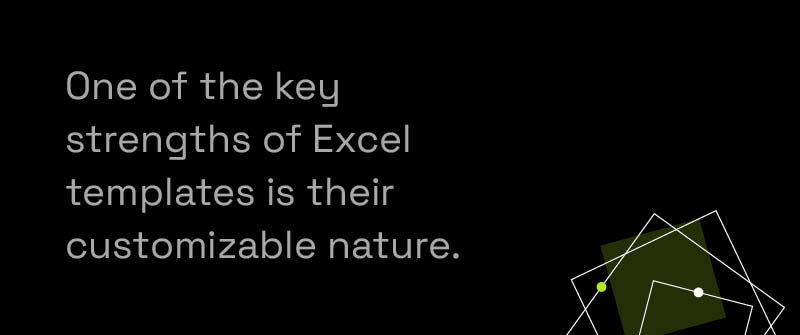
Transitioning from Excel to Power BI
While Excel templates offer a great start, transitioning to Power BI enables more sophisticated data analysis and visualization. Power BI can handle larger data sets more effectively and offers real-time data integration and sharing capabilities. It transforms your static Excel dashboards into dynamic, interactive reports that empower decision-makers to gain deeper insights in real time.
Streamline your procurement data analysis with P3 Adaptive. Our expert consultants will help you transition from Excel to Power BI, providing you with customized dashboards that turn complex data into clear, actionable insights that drive your business forward. Contact P3 Adaptive Today!
Get in touch with a P3 team member